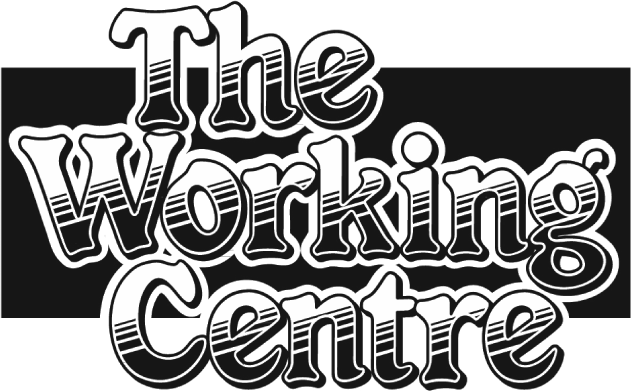All are welcome! Join us for this exciting event.
Presentation Description:
"One of the most interesting developments of the past decade has been the introduction of software that allows for the rapid and inexpensive creation of content.
That development extends to areas that you might not expect, such as 3D and computer gaming, where it is now possible to access free, easy-to-use software.
In my talk, I want to explore what this newly acquired ability will mean for places like The Working Centre. Because of our newly acquired capabilities, I believe communities have been given new ways to record their past, tell their stories, and artistically shape their present. In this talk, I will show how."
John Bonnett
Associate Professor,
Department of History - Brock University
About John Bonnett:
John Bonnett is an intellectual historian and Tier II Canada Research Chair in Digital Humanities.
His research interests include the writings of the communication theorist Harold Innis, and the emerging domains of history and computing and humanities and computing.
Bonnett has published contributions in journals ranging from War in History toHistory and Computing and Literary and Linguistic Computing. He was the principle developer of the 3D Virtual Buildings Project, an initiative that had two purposes. The first was to teach students to generate models of historic settlements using 3D modelling software. The second more fundamental purpose was to develop the critical thinking skills of students by helping them to realize a fundamental point, that historical models need to be distinguished from the objects to which they refer.
Bonnett is currently developing a lab devoted to the emerging medium of Augmented Reality (AR). AR, like Virtual Reality (VR), presents users with computer-generated 3D objects. It differs, however, in where it places those objects.
VR places its objects in artificial environments that users perceive through a computer screen. AR places its objects in a user’s view of real space. For historians, it is a significant development because its suggests the possibility of generating life-size replicas of historic environments and displaying them in an open field, representations ranging from ancient Rome to 18th century Paris to 19th century Ottawa. If historians are to use this emerging medium, they will need to develop and test new conventions for narration, expression and documentation.
Back to the Community Events calendar
Back to the Localism and Livelihood calendar
Back to the Working Centre calendar


